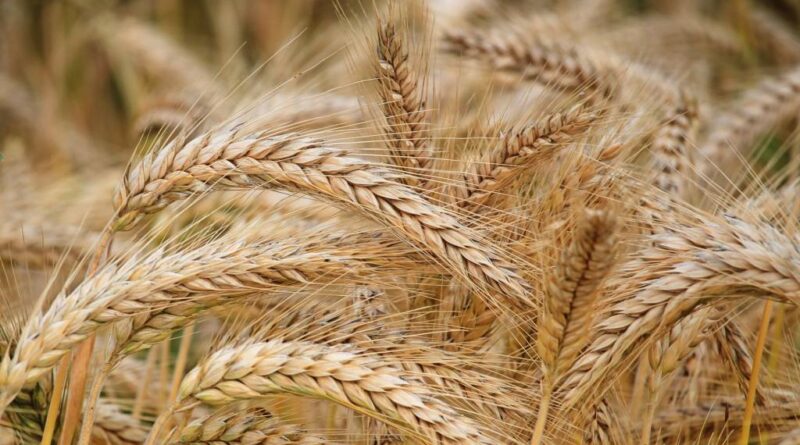How India loses wheat, rice crops worth millions due to coal emissions
As the world continues to grapple with the effects of human-induced emissions, a new study reveals how it’s affecting crop production in India.
The study from the Stanford Doerr School of Sustainability highlights the link between coal emissions and crop productivity – rice and wheat in particular – in India.
As coal amounts to 30-40% of anthropogenic emissions of Nitrous Oxide (NO) in the country, researchers concentrated on its effects on crop yield.
The Ministry of Statistics and Programme Implementation (MOSPI) released the Energy Statistics Report 2024, which stated that coal will remain a major source of electricity in India.
While the world is in a hurry to transition from fossil fuel-generated electricity to renewable energy, moving away from coal-powered electricity is seen as the greatest challenge for India.
Air pollution is a major cause of the decline in the yield of agricultural crops. But the emissions from the coal, which include Nitrogen dioxide, in particular, hamper the yields.
As rice and wheat are two grains that are the major staple food for the people of India, Kirat Singh, lead author of the paper said, “We wanted to understand the impact of India’s coal electricity emissions on its agriculture because there might be real trade-offs between meeting growing electricity demand with coal generation and maintaining food security.”
This article has been republished from The India TV.

